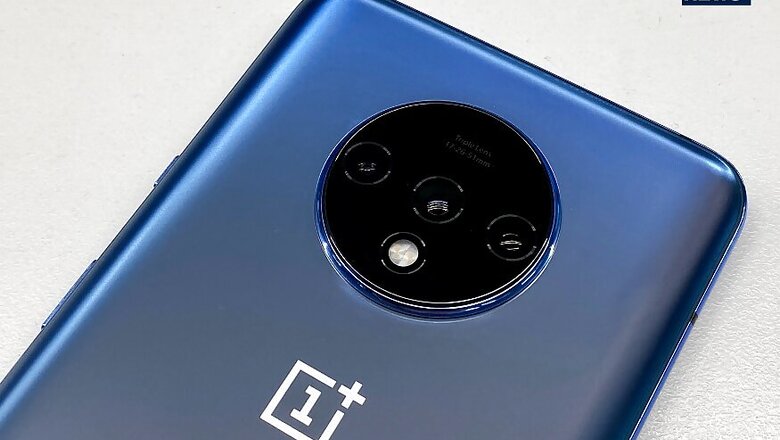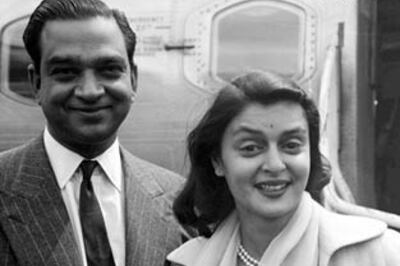
views
At a time when smartphones are spending all their money on stuff like pop-up selfie camera, it’s glad to see that flagship killer OnePlus is concentrating on giving features that users really want. It’s little wonder OnePlus 7T was one of the bestsellers during the recent Amazon sale. But what exactly is 90 Hz and why does it matter so much? Let’s find out.
Refresh Rate –
Let’s start with the basics. Hz (Hertz) is a measurement of a screen’s refresh rate. Basically, Hz determines the number of times per second a screen displays an image. As an example, a 30 Hz screen means the screen will display 30 frames per second. The refresh rate determines how fast the screen the refresh and load new images without causing gaps or stuttering. The higher the refresh rate, the smoother it becomes to use the screen.
What 90 Hz Does –
The OnePlus 7 Pro and OnePlus 7T brought about a shift in the screen refresh rate by extending it to 90 Hz from 60 Hz that is normally found in most smartphones today. Essentially, OnePlus upped the game for other smartphone companies by concentrating on display and refresh rate at a time when other brands did not seem to innovate with display screens. However, the rules of the game have completely changed with OnePlus driving the 90 Hz revolution in the smartphone world that has made other brands sit up and take notice. Even gaming companies have taken notice and are bringing out titles that match intrinsically well with the new refresh rate.
As explained above, 90 Hz refresh rate means the screen display rate changes to 90 times per second. As the screen rate changes dynamically with a quicker response time, the interactivity with apps that consumers use on a day to day basis also begins to change by providing a much smoother and clearer experience compared to a non-90 Hz smartphone. At the moment, a 90 Hz display is limited to only a few Android-based handsets worldwide, which means the latest OnePlus phones come with bragging rights built-in.
Gamers’ Delight –
No one will appreciate the 90 Hz rate more than hardcore gamers. Long accustomed to pauses and slow response rates that mar the entire gaming experience, the 90 Hz display will come as a weapon in their arsenal to fight screen lags. In fact, playing the same game on an average 60 Hz versus a 90 Hz screen is enough to prove why the latter makes for much better gameplay because of the high refresh rate that allows gamers for an immersive experience without worrying about lags and other screen issues.
Why OnePlus Screens Excel –
It’s not as if OnePlus relies only on the single feature of 90 Hz to excel in the display department. The OnePlus 7 Pro and OnePlus 7T smartphones have top-of-the-line specs in terms of processing speed and RAM to help render images on its 90 Hz display screen.
The OnePlus 7 Pro’s QHD+ resolution and the world’s first AMOLED display with 90 Hz refresh rate coupled with its curved edge-to-edge design is designed to provide an immersive experience while watching high-quality movies and playing heavy games like no other smartphone.
The OnePlus 7T, on the other hand, boasts of the latest HDR10+ technology that coupled with the 90 Hz Fluid Display is designed to give you a smooth and vivid experience. The edge-to-edge display on the 6.55-inch screen with a spacious 20:9 aspect ratio on the OnePlus 7T assures you of smooth and easy performance, regardless of the tasks thrown at it.
With its custom Oxygen OS designed to wrinkle out any performance issues and Warp charging at the rescue in case the smartphone runs out of juice during the day, the latest OnePlus phones are the best-looking phones on the market today.
Go buy yourself a 90 Hz smartphone today to see the difference between the new OnePlus phones and your current smartphone.




















Comments
0 comment